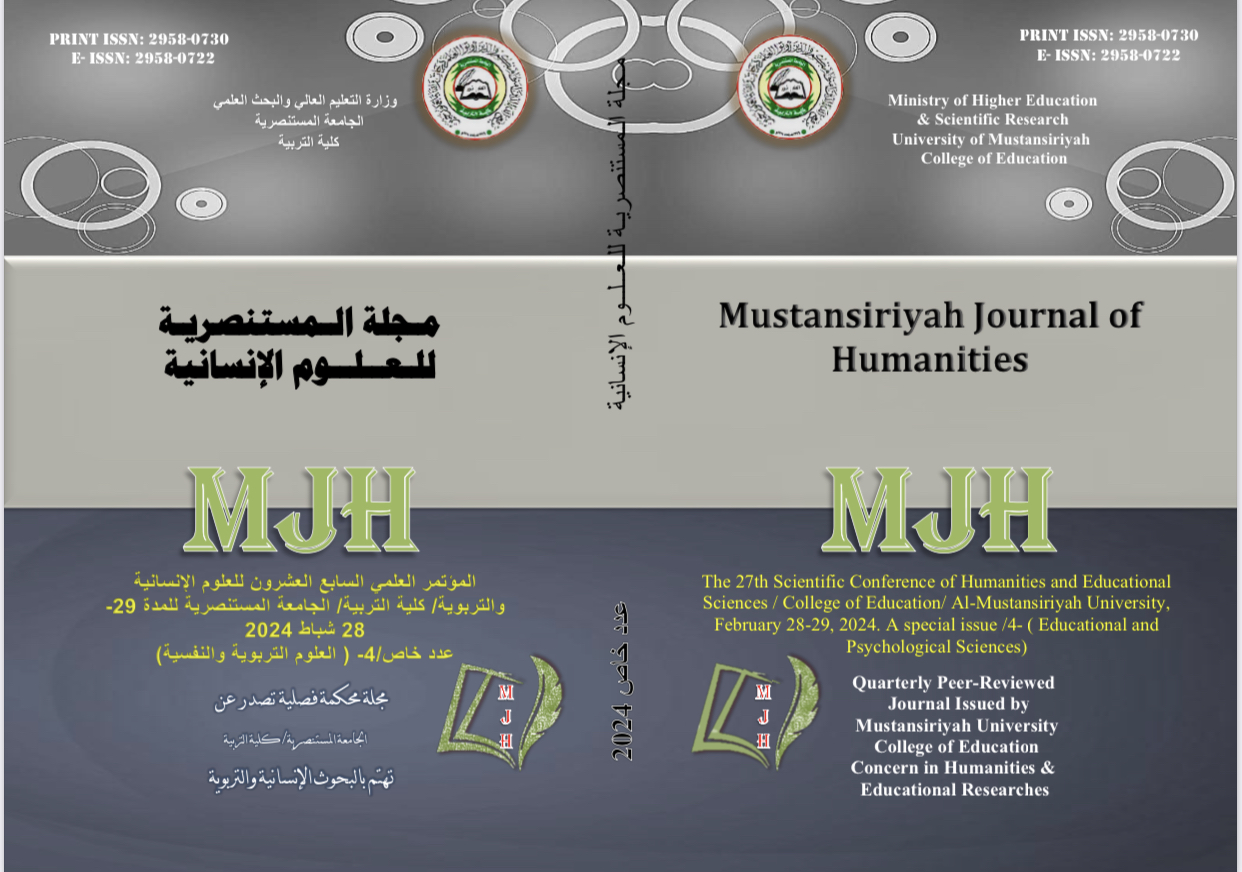العينات في العلوم الاجتماعية وطرق سحبها
DOI:
https://doi.org/10.47831/mjh.v4iخاص.551Keywords:
العينات , العلوم الاجتماعية ,طرق سحبهاAbstract
Many statisticians and researchers agree that determining the type of sample chosen that must be capable of giving results with a certain accuracy at the lowest possible costs or with the highest accuracy at specific costs depends on the nature of the study, the type and composition of the population from which the sample will be drawn, the method or tool used in collecting data, and the destination. The researcher looked at himself Samples can be classified on the basis of the randomness factor in selection into two main sections: The first section includes random samples, the design of which the researcher relies on probability theory in giving equal opportunities to members of the population to appear in the sample, while the second section includes intentional (non-random) samples in which The researcher's bias is evident in choosing the sample items by giving unequal opportunities to the items as a result of his intentional selection of some items and not others from the items of the population he wants to examine. Each of the two sections has multiple and diverse types of samples





